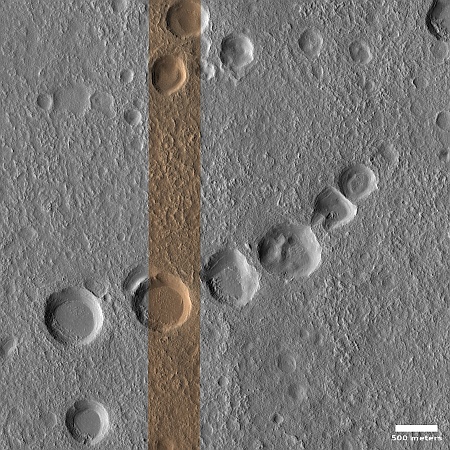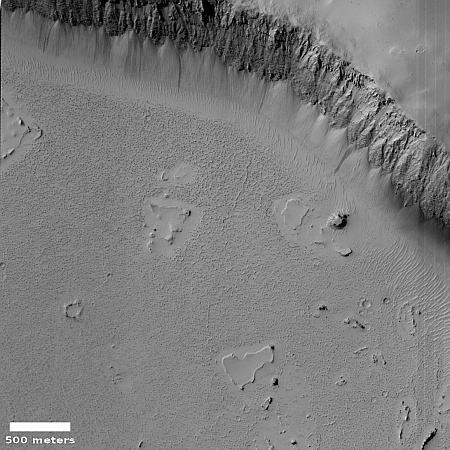ULA’s Vulcan rocket fully stacked for the first time

The landing site for Astrobotic’s Peregrine lunar lander
In preparation for its targeted January 8, 2024 launch, ULA’s Vulcan rocket has now been fully stacked for first time in its assembly building at Cape Canaveral.
ULA’s new rocket has rolled between its vertical hangar and the launch pad at Cape Canaveral Space Force Station several times for countdown rehearsals and fueling tests. But ULA only needed the Vulcan rocket’s first stage and upper stage to complete those tests. The addition of the payload shroud Wednesday marked the first time ULA has fully stacked a Vulcan rocket, standing some 202 feet (61.6 meters) tall, still surrounded by scaffolding and work platforms inside its assembly building.
It will next be rolled to the launchpad for some final checks prior to launch on January 8, 2023. Unlike most first launches, it carries a real payload, Astrobotic’s Peregrine lunar lander, which hopes to softly place several NASA and commercial payloads near the Gruithuisen Domes in the northwest quadrant of the Moon’s visible hemisphere, as shown on the map above.

The landing site for Astrobotic’s Peregrine lunar lander
In preparation for its targeted January 8, 2024 launch, ULA’s Vulcan rocket has now been fully stacked for first time in its assembly building at Cape Canaveral.
ULA’s new rocket has rolled between its vertical hangar and the launch pad at Cape Canaveral Space Force Station several times for countdown rehearsals and fueling tests. But ULA only needed the Vulcan rocket’s first stage and upper stage to complete those tests. The addition of the payload shroud Wednesday marked the first time ULA has fully stacked a Vulcan rocket, standing some 202 feet (61.6 meters) tall, still surrounded by scaffolding and work platforms inside its assembly building.
It will next be rolled to the launchpad for some final checks prior to launch on January 8, 2023. Unlike most first launches, it carries a real payload, Astrobotic’s Peregrine lunar lander, which hopes to softly place several NASA and commercial payloads near the Gruithuisen Domes in the northwest quadrant of the Moon’s visible hemisphere, as shown on the map above.






















